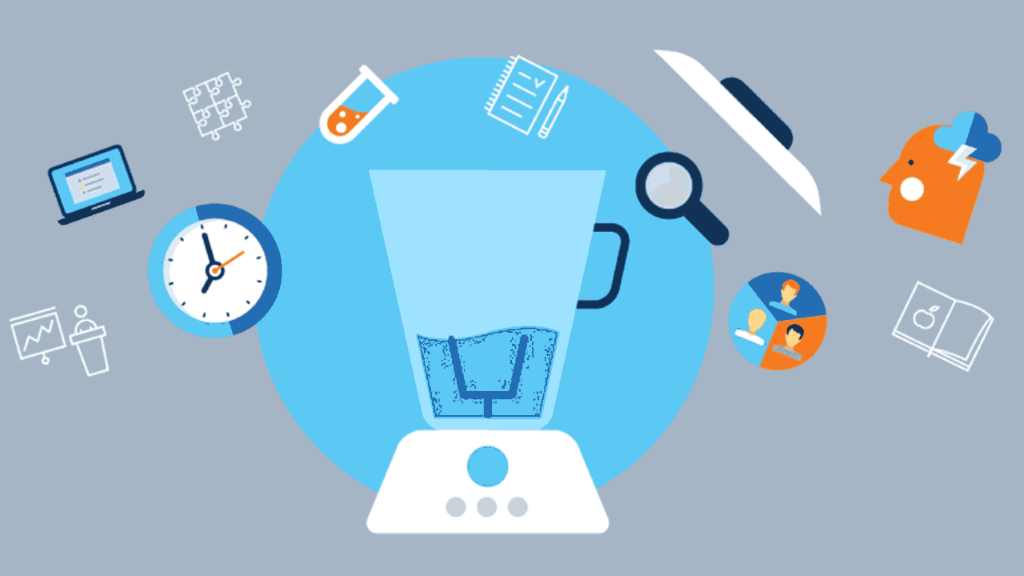Why video games “engage” and like so much? Basically, promoting a series of rewards to the game that make us stay pending that task in our leisure time: lives, complements the avatar, bonus …
We have previously talked about gamification, especially when explaining the requirements to be met by a teaching unit or innovative programming to be considered from the point of view of gamification, per or does that is used today? Really? The answer is yes…

Learn languages
The example of gamification applied to language learning is, without doubt, Duolingo, which also combines a collaborative and community platform: of course, we can think of many other ways to bring gamification to the field of foreign language, but Duolingo can be a good model or starting point, especially considering the organization of learning, awards, rewards, badges and type of collaboration between users and nonusers. Something similar happens in Busuu, but this is chargeable.
Managing a class and improve academic performance
ClassDojo is a tool to manage the classroom and improve the performance of their students quickly and easily starting from the most basic principles of gamification: It is free for teachers. Every student has an avatar that is displayed on the platform, focused on the positive and agile feedback, and rewarded with points. It is easy to handle for both parties involved and multiplatform.
On the other hand, if what we want is to improve the academic performance of our students well , and not so much the behavior and commitment of students, Goalbook may also be interested: allows us to collaborate in setting goals and objectives with families and students, and allows custom set according to a very individualized education achievements.
You may also like to read another article on WeiWeiCS: 9 tips to study better and get the best grades
Address special educational needs
There are numerous ways to encourage empathy or acquisition of skills and abilities that people with disabilities achieve higher levels of welfare and inclusion; for example, the European project 3dtune-In applying gamification to the deaf and hearing impaired students and their peers / as and families to promote mutual understanding and empathy, or to learn to use complex hearing devices such as hearing aids or implants cochlear through video games, gamification and gamification of learning.
Studying in itself
Brainscape is a platform for mobile and PC that has as main objective to teach and students to study more efficiently, creating records summary and presentation patterns and repetition of these, which change according to the person learns and according to their prior knowledge. Repeat the method is based on trust, being able to determine how much repetition and reinforcement will be necessary for the particular student or be able to learn a certain subject.



